Category: Theory
-

References
Abrahamse H, Houreld N, Muller S, et al. 2010 Fluence and wavelength of low intensity laser irradiation affect activity and proliferation of human adipose derived stem cells: Medical Technology SA; 24(2):15–20. Abramovitch-Gottlib, L. et al. 2005 Low level laser irradiation stimulates osteogenic phenotype of mesenchymal stem cells seeded on a three-dimensional biomatrix. Lasers Med Sci…
-

-
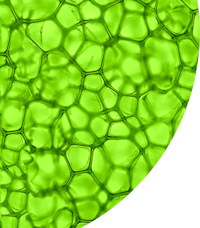
Dosage
Zein. Selting & Hamblin (2018) reviewed the studies on laser particularly looking at energy and power. They stated some simple principles found throughout the literature: Different tissues can be divided into different categories for laser “Although the results showed a high degree of variability. Ineffective studies in cells with high mitochondrial activity appeared to be…
-

Pain
Laser for pain relief has also been used for more than 30 years Instead of using laser to accelerate processes, laser is now applied for it’s inhibitory effects (Cotler et al. 2016) In other words we increase the power to slow and stop activity Chow & Armati (2016) in a review of the available scientific…
-
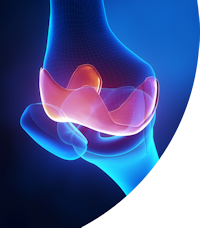
Cartilage
Studies on laser and cartilage both in vitro and in vivo have demonstrated positive effects. Renno et al. (2007) and Castano et al. (2007) indicated that laser therapy could be used for therapeutic repair of cartilage. Kushibiki et al. (2010) showed an increased chondrocyte differentiation and higher chondrogenic messenger RNA expression in prechondrogenic cells after…
-
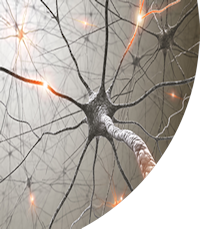
Nerve Regeneration
In a recent review of the last 10 years of literature Rosso et al. (2018) found that laser was able to: They concluded that “laser has beneficial effects on the recovery of nerve lesions, especially when related to a faster regeneration and functional improvement, despite the variety of parameters.”
-
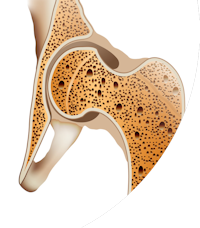
Bone Formation
How does laser affect bone formation? Several studies have looked at promoting stem cell differentiation: These studies used the principle of shifting the metabolic profile from glycolysis to oxidative phosphorylation (due to the increased mitochondrial number and activity induced by the light exposure). This metabolic switch is a key factor in stem cell osteogenic differentiation…
-
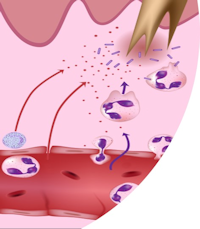
Inflammation
Chronic ROS generation is implicated in the pathogenesis of many illnesses, including atherosclerosis and inflammation (Wiseman & Halliwell 1996, Ames et al. 1993) Injury provokes the migration and accumulation of neutrophils and macrophages, which also produce ROS via their respiratory burst (Dean et al 1997) Rocha et al. (2016). Some authors (Karu 1999, Chen et…
-
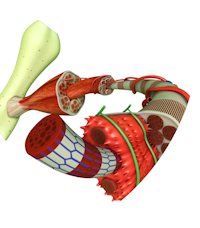
Muscle
Muscle Regeneration & Reduced Atrophy As laser can positively affect cell metabolism and blood flow, research has been performed to look at whether laser could affect muscle healing following injury. There are over 120 published articles on muscle injury treatment. In a review of the available literature Ramon et al. (2018) said the available articles…
-
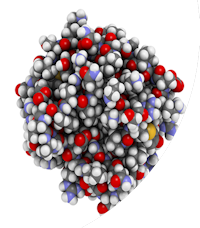
Fibroblasts
The effects of lasers on fibroblast activity and subsequent cell proliferation have been shown to have mixed results: Positive e.g. No response e.g. Inhibitory response e.g. This variance in results is likely due to the actual effects of laser. In that laser can have the effect of increased cell proliferation (i.e. more) at low doses…